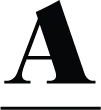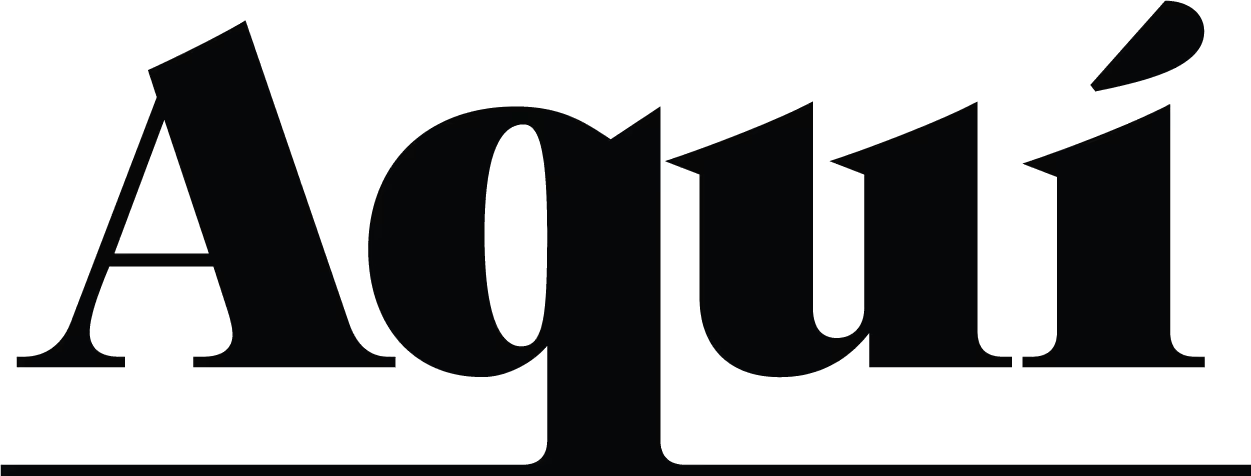Joe: App Designs That Won Our Hearts
At Aquí, we take our cuppa Joe very seriously. Rest assured, because the same applies when it comes to design. As avid coffee drinkers, we often ask, “How do you like your coffee?” And as a creative boutique, we like to ask, “How do you like your design?” Joe is a blog segment where we - #TeamAquí - share our design inspirations.
Good-looking apps are aplenty, but what truly makes an app UI stand out? We think a successful app design is one that solves problems you never knew existed. It is also one that leaves a positive impact on you, making your journey a smooth and purposeful one. In this post, we will be sharing four apps that won our hearts over with their designs.
Kitchen Stories - Recipes at the tip of your fingers

If you find yourself spending an obscene amount of time on the Youtube channels of Bon Appétit or Binging with Babish, then our first app recommendation is for you - our fellow food lover. Kitchen Stories is Maria’s current go-to application for food recipes. Now, before we dive into an analysis of the UI and UX, it is our imperative to first bring your attention to its brand identity. With a huge emphasis on building a seamless visual experience, Kitchen Stories has done a great job developing a brand identity that is minimal and easy to work with.
Founded by Mengting and Verena, Kitchen Stories was built with the intention of enabling anyone to cook. “So... What is the problem they are trying to solve?” you may ask. The answer to that lies in the review of the user, which in this case is Maria:
- “Before diving into a recipe, you get an overview of the duration and level of complexity - you know what you are getting yourself into”
- “It’s super easy to use and the steps are broken down really well.”
- “There is a serving adjustment function that spares you from the hassle of calculating.”
- “I know what I can cook with the ingredients in my fridge because you can filter recipes by ingredient.”
- “There are community activities - debates and votes, etc.”
Lack of usability was one of the key problem areas Kitchen Stories was focusing on. Referring to recipes online takes an unusual amount of effort. For starters, not all recipes have instructions that are easy to follow, let alone visuals that will help you make sense of it. And how many times did you have to do a manual calculation of the amount of ingredients needed because you were cooking for two instead of four? These are barriers that the designers behind Kitchen Stories have identified and addressed, making home cooking more accessible and intuitive for everyone especially beginners.
Lack of a community platform for foodies is an area that Kitchen Stories looked at as well. In the UI, we see multiple opportunities for interactions between users as well as with contributors. Community recipes are also featured to foster exchange of ideas between food lovers.
If you (like Maria) are cooking more often these days, do give Kitchen Stories a go. It’s free!
SNACK - Bite-sized Protection

We are seeing a digital transformation happening in an unprecedented time and have come to realise how the internet is made to enable us instead of taking our place. With that being said, businesses are now making ‘digital’ a priority, ensuring their products and services are accessible and available for everyone and anyone in the comfort of their own phones. One good example is Singapore’s insurer, NTUC Income. Evelyn had recently discovered their newest concept, SNACK, a mobile app that allows you to purchase micro-insurance simply by carrying out daily activities; low financial commitment and no frills.
Now, we must first tell you that we are no financial experts. Any opinion given is purely from a design perspective.
Buying insurance is not a simple process due to the financial commitment required. It is no surprise that the decision-making process could easily overwhelm a person, especially when there is so much to consider - finances, portfolio, premiums, etc. What SNACK does is make this process look a lot less intimidating through the use of technology and design.
Here is Evelyn’s review:
- “Illustrations on the app are fun and friendly which makes it a lot less intimidating”
- “The animations add to the experience. They are logical and well thought out.”
- “It feels like a game, looks fun and interactive.”
- “Information presented is digestible and very visual.”
While SNACK might not seem like a viable long-term insurance solution, it might very well be the solution that addresses the skepticism that younger generations have toward financial protection. The SNACK experience gives you autonomy and control. An agent is not needed to manage your portfolios and all information is presented at one place, making it less of a hassle to kickstart your journey.
Gamifying the process creates a sense of achievement that users can look forward to, which makes it enjoyable. The complicated nature of each protection plan makes it tough to recall which is why personification of each plan is very clever as it helps users identify better.
Not where to start when it comes to insurance? Well, why don’t you take a SNACK?
Duolingo - Your Pocket Language Teacher

There are two types of people when it comes to learning a language - one that signs up for a class, and one that downloads an app. Nella is the latter. Before she started reviewing the app, we were told about her Japanese friend in primary school. “When I didn’t want to listen in class, I would ask her to teach me Japanese,” she said. Well, we are guessing that was when it all started because Nella is currently taking Japanese lessons on Duolingo, the language-learning app.
Started in 2009 by Luis von Ahn, Duolingo was started to make learning a new language inexpensive and accessible. Having been around for 11 years, the app UI has evolved. We find out from Nella what makes Duolingo’s UI better than the rest:
- “It’s very engaging because it’s gamified.”
- “You earn hearts by answering questions and you lose them if you answer them incorrectly.”
- “Milestones are celebrated by being awarded badges. It keeps you motivated.”
- “During short lessons, I can see public discussions which allows me to learn from others.”
Traditional learning methods might not be suitable for everyone, especially for those who do not have time and attention to sit through a class. It is evident that one of Duolingo’s design focuses is on user engagement as that is what helps them learn best. Their interactive and fast-paced format keeps users entertained and eager to learn. The design of the lessons are also proven to cultivate long-term retention.
Another problem that Duolingo tackles is drop offs. The company’s belief in momentum and consistency has translated into timely notifications you cannot seem to ignore. Coupled with the looks of a friendly owl, the reminders have a way of making you second guess your excuses: “Do I really not have 15 minutes to spare?”
If a classroom setting is not your thing, then Duolingo might be the app for you.
Notion - Productive Productivity

Do you ever have those days where you cannot decide if you should write in a notebook or use a productivity app? Note-taking is not as simple as it looks, which is why it is difficult to rely on a single medium or tool as there is no flexibility. Well, Yu Ting begs to differ... Having switched from one productivity app to another, she has (sort of) found the love of her life. Ladies and gentlemen, meet Notion - the all-in-one workspace built for everyone.
If you have experimented with productivity apps before, you would know that there are plenty of them on the market. Some of you might even have a few of those apps downloaded for a different function. What if we told you that Notion fulfills all of those functions? Here’s what Yu Ting had to say about the UI:
- “The design is simple and functional; nothing feels extra.”
- “I love how I can create a page for everything. And if it’s related I can continue to create sub-pages. It’s very logical.”
- “There are different templates fine-tuned for each function or job - personal, project management, design, and more.”
- “It is simple yet customizable. There are decorative elements that add to the experience. One example is being able to use the wide range of emojis as page labels.”
Notion’s design addresses the inflexibility of many productivity apps by offering customisation to functionality. Instead of adapting to the app’s format, the app provides you with presets that suit your functions. From kanban boards to calendars, Notion empowers you to find your own workflow. If not, you also have the freedom to start from a blank canvas.
Want to share a page with your friend or colleague? No - you do not have to copy and paste. Notion makes collaboration easy by making its pages shareable. As the app is also available on browser, no one has to download the app to view what you have shared. You can also invite friends to become Notion users in order edit your shared travel itinerary and daily task list.
After all we have said, do you have a notion to use Notion?
You may also like












